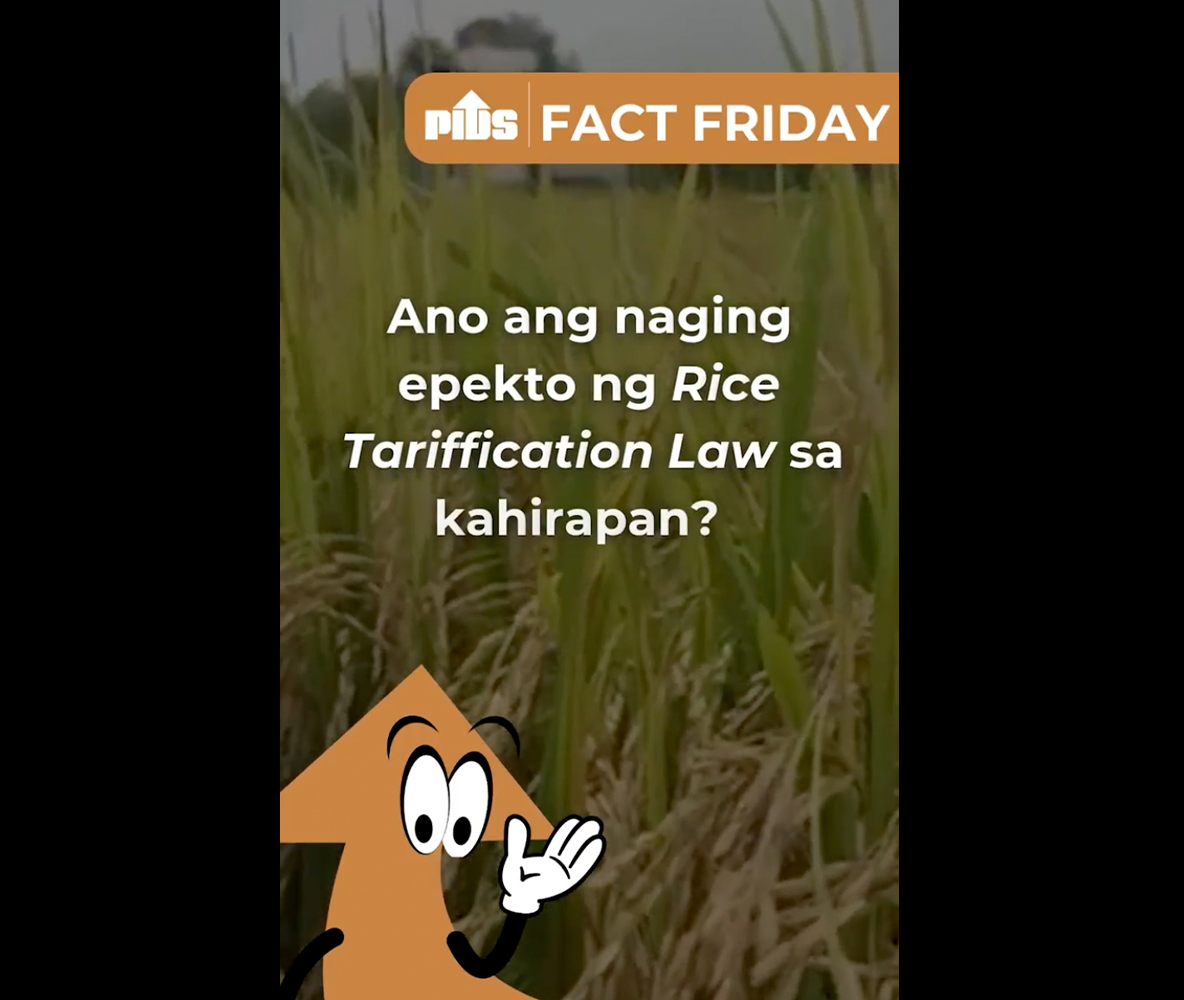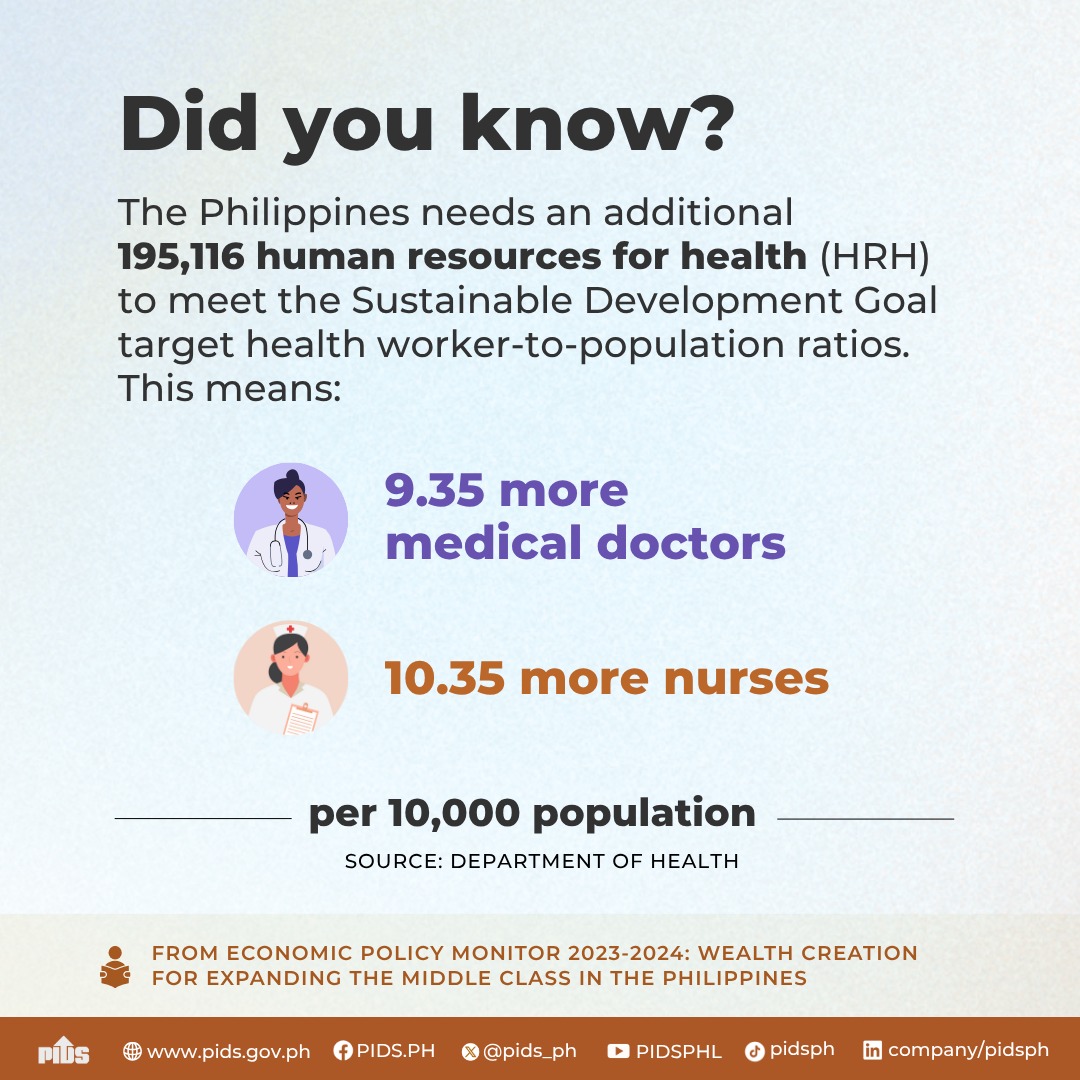The Philippine government's long-term vision, AmBisyon Natin 2040, aims for a prosperous, predominantly middle-class society where no one is poor. The Philippine Development Plan 2023-2028 emphasizes strategies to develop and protect individual and family capabilities by reducing vulnerabilities and strengthening social protection. While official poverty statistics indicate progress in poverty reduction at the aggregate level, with poverty incidence declining to 16.4 percent in the first semester of 2023, standard measurement approaches may mask significant inequalities in resource allocation within households. This study examines household resource sharing in the Philippines using a collective household model to construct poverty indices that complement official poverty statistics. Using data from the Family Income and Expenditures Survey, we estimate Engel curves for different demographic groups based on assignable good expenditures, including clothing, cereals, and protein-rich foods. We also analyze individual-level food consumption data from the National Nutrition Survey to estimate food poverty using caloric intake. Our findings reveal substantial gender and age-based disparities in resource allocation, with particularly concerning implications for women and children in vulnerable household types. Child poverty rates under our methodology are up to twice as high as suggested by standard measures, while women consistently show higher poverty rates than men, especially in rural areas. Analysis across basic sectors reveals varying patterns of intra-household inequality, with farmers and fisherfolk showing particularly complex disparities between clothing-based and food-based poverty measures. While official statistics show poverty rates of 30.0% for farmers and 30.6% for fisherfolk, our adjusted estimates suggest significant variations in poverty rates depending on the choice of assignable good, indicating that standard approaches may misunderstand both the extent and nature of poverty among vulnerable groups. These results suggest the need for more nuanced, sector-sensitive approaches to both poverty measurement and social protection policies that explicitly consider intra-household inequality patterns across different basic sectors.
Comments on this paper are welcome within 60 days from the date of posting. Email publications@pids.gov.ph.
Citations
This publication has been cited 2 times
- Inosante, Aubrey Rose. 2024. PHL child poverty rates underestimated — PIDS. BusinessWorld.
- Inosante, Aubrey Rose. 2024. PHL child poverty rates underestimated — PIDS. BusinessWorld.













